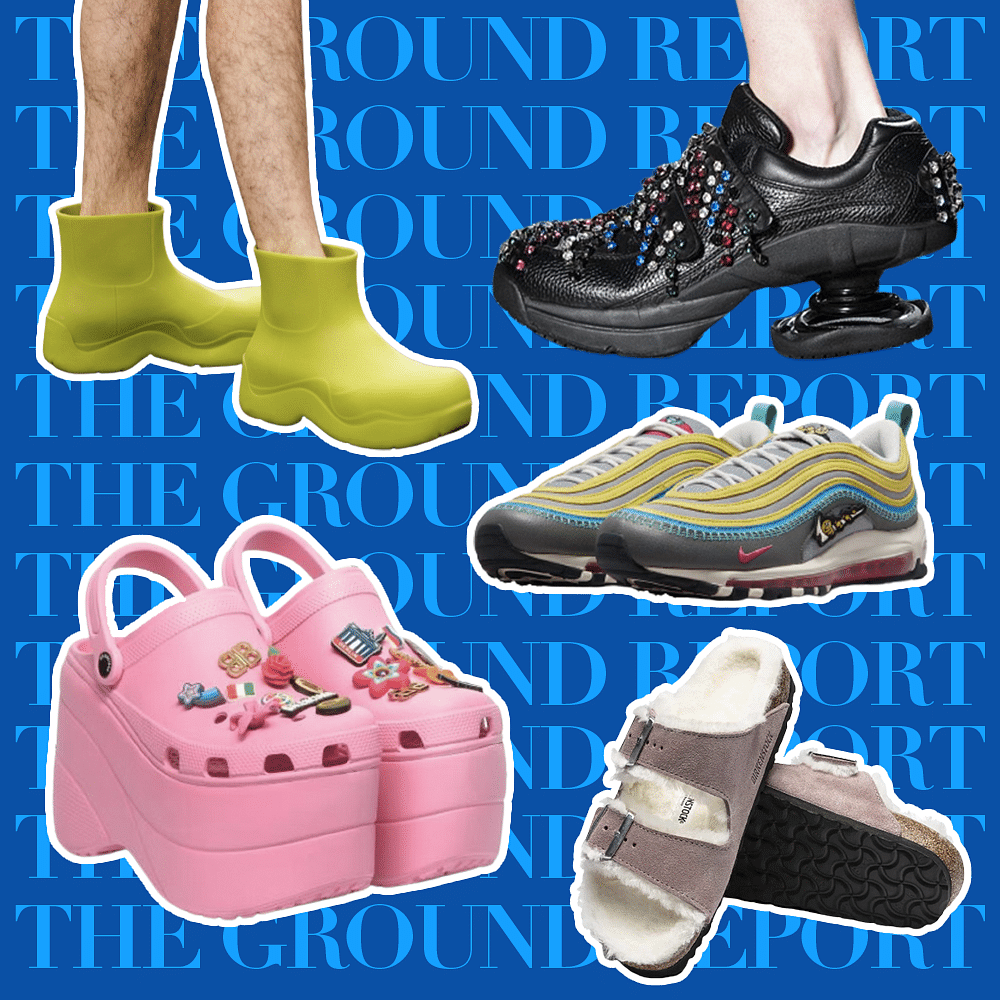Those who grew up when Youtube was still developing its arms and legs would associate the words ‘Ugly Shoes’ with platform pumps full of severed heads of barbie dolls or weird runners’ shoes with a separate compartment for each toe (no, I don’t plan on learning what those monstrosities are called, I like my life just fine this way, thank you very much). It was, weirdly, a messed up niche that fuelled a lot of Youtube and Tumblr (remember Tumblr?) content. But gradually, and thankfully, the ugly shoe has evolved. It has gone through many makeovers to find space in civilised society, although, to the dismay of many (millennials, we’re looking at you).
The generation that championed the controversial and pointless Ugg Boots, has somehow managed to also be the one that has rejected without any consideration anything that has dared to challenge the way we approach our footwear buying decisions. We’re saying, Crocs, Birkenstock, Dad sandals and sneakers, or any orthopaedic footwear that might not conform to society’s standards of shoe beauty. Which, essentially, is what we call the present day ‘Ugly Shoe’. In modern society, the level of comfort a pair of footwear provides is directly proportional to its perceived ugliness. But then, why do we love it so much?

